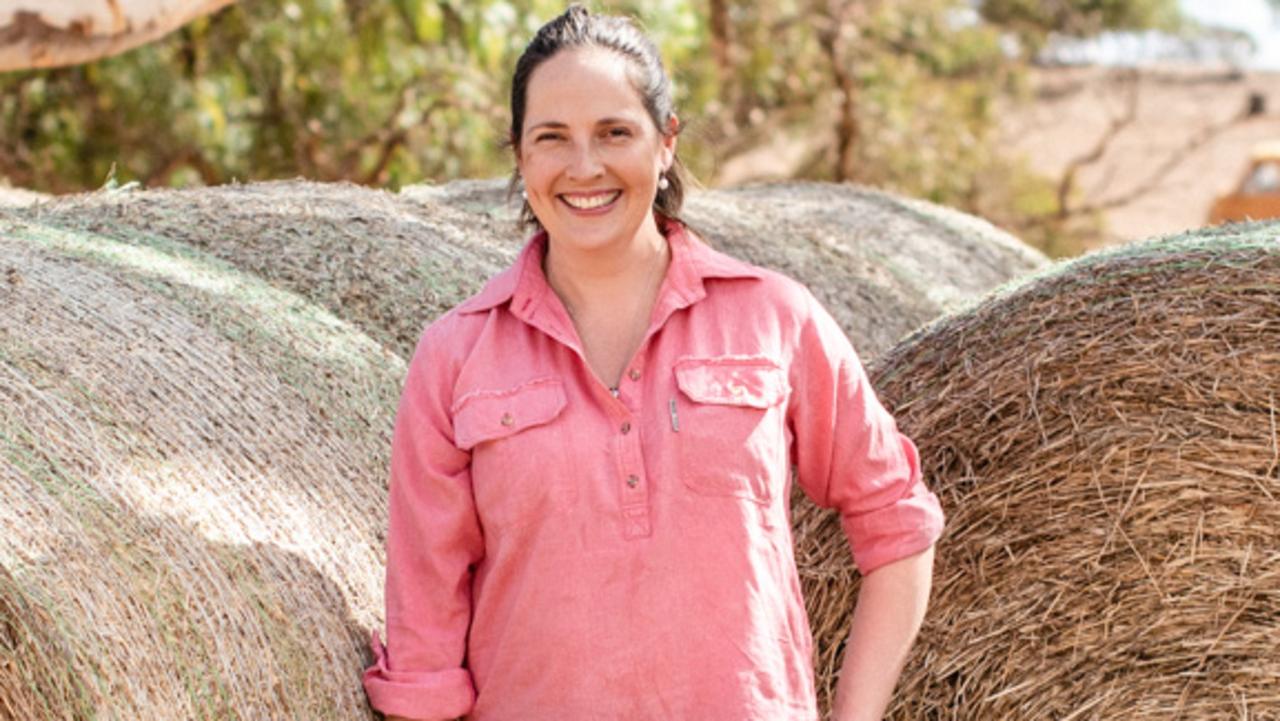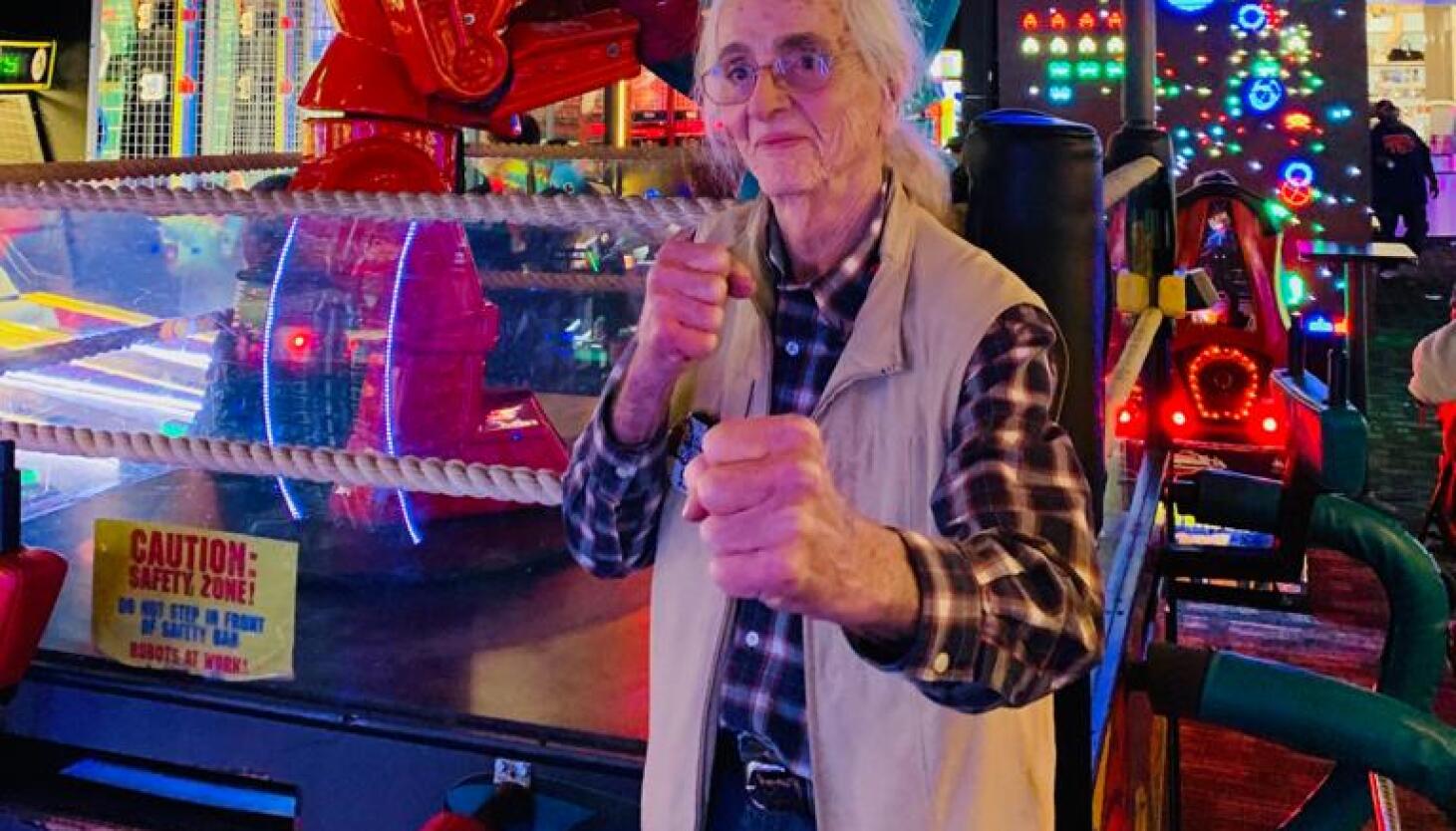Copyright adelaidenow

However, the recent series of unique environmental disasters, combined with modern lifestyle stresses, are taking a toll on collective mental health, says Preventive Health SA Deputy Chief Executive Melissa Bradley. “What we know with natural disasters such as drought, floods and bushfires, is that it does have an impact on people’s mental health and wellbeing,” Bradley says. “And with sudden environmental changes we tend to see more acute responses. That does increase people’s risk of mental or psychological distress, and this can contribute to conditions such as depression and anxiety.” Preventive Health SA’s Population Health Survey 2024 Annual Report revealed that 20 per cent of South Australians experienced “high” or “very high” psychological distress in the past 12 months. While natural disasters affect farmers’ land, stock, and finances, the broader challenges are felt by families and communities. Bradley notes that more resources are now available for people seeking mental health support, with organisations like Lifeline and Beyond Blue complemented by online platforms such as primary producer-led resources that speak the language relevant to the local communities, such as Steph Schmidt’s Farm. Life. Psych. and ifarmwell.com.au. “We are seeing an increase in resources and services in acknowledgement of changes in our society in general – and the need to strengthen wellbeing and mental health support through early intervention, community resilience and place-based support, especially during time of stress like drought and environmental changes related to climactic variability,” she says. “There are a range of different services and resources, on the Preventive Health SA website we have information about supporting your mental wellbeing at different stages. “The government has seen investment in urgent mental health care centres nationally and a strong drive towards telehealth services. In South Australia, we’ve got more than 130 new mental health beds with a $22 million crisis stabilisation centre in Adelaide’s north.” Traditionally, men in industries like agriculture or fishing can be reluctant to discuss issues related to mental health and wellbeing or seek formal mental health support. “It’s wonderful that country communities consider themselves to be strong and resilient,” Bradley says. “But we’re also hearing from people now through (algal bloom and drought) forums to say that we are resilient – but we need some extra assistance and support, it may not be just as individuals but as a cohesive community. “They might talk about the support they need as an economic support, such as a business grant, but this also needs to be coupled with wellbeing and practical support. “A good example of that is Fat Farmers, which genuinely has been developed by farming communities that talk about the need for men in particular to get out and look after their health and wellbeing through physical activity.” Bradley emphasises the power of collective conversations. “My strongest observation when we’ve been out speaking with communities and listening to what’s worrying them is actually the mere fact of people coming together collectively to talk with and for each other about what’s important is quite powerful.” Younger adults in regional areas are also reporting elevated distress levels. “Certainly in the metropolitan algal bloom forums, we’re hearing young people are having a response in terms of their hope and optimism for the future when they think about direct net impacts from the environment,” Bradley says. “So I think also just being really mindful of how young people situate themselves in this for their wellbeing as part of a broader range of matters that young people worry about moving into their future. “Supporting young people through various issues is really, really important.” Bradley also advises shifting our focus a little from screens to purposeful activities. “While we want people to be informed – that’s certainly very important – taking regular breaks from social media that can elicit increased psychological distress is also crucial,” she says. “It’s good to be able to look at things like how do we contribute to the beach cleanup? How do we get together with our sporting group? “How do we maintain connections? Turning your attention to those sorts of questions will strengthen the community – and lead to better mental wellbeing and physical health outcomes overall.” Take simple steps to fill your silo Keep topping up your silo. That’s the simple message Steph Schmidt wants fellow farmers to take on board when assessing their mental health. Juggling her roles as a farmer – running sheep and cereal properties at Worlds End, near Burra, and in the Mallee with husband Simon – a clinical psychologist and a mum of three, Schmidt is passionate about improving the wellbeing of rural South Australians. The mental health advocate runs regular community workshops, is a keynote speaker at various agricultural events and develops mental wellbeing resources, such as a podcast offering “paddock-tested psychological strategies to find joy in the challenges of farming life”. And, she says, a key to discovering that happiness is ensuring our “silos” are kept filled. “Each harvest when we reap our grain we sell as much as we can but we also keep our feed-wheat aside for the next year so we can sow the next crop,” Schmidt explains during a break from lamb-shearing duties. “It’s important to emphasise the idea that taking care of ourselves and our wellbeing is just the same as putting aside that feed-wheat – we need to do things to top up our silos. “Part of checking in is recognising how full or empty that silo is – and to then look at what we might be able to do to top it up. This could be something like social connection or as simple as having a drink of water, something to eat or just moving your body.” Schmidt says “one little step” is sometimes all that’s needed to help build towards improved wellbeing. “We don’t have to shift into this perfect wellbeing with massive steps – the smallest step you can do right now to take care of yourself can flow on to the next one.” While the ongoing drought and fluctuating crop and wool prices add to the challenges of farming in SA’s marginal country, Schmidt says that – after two decades of building up their properties – she can’t imagine being anywhere else. “As much as it has its challenges, I love our life on the farm and all the benefits that comes with it,” she says. And while mental health messaging stresses the importance of looking out for the people around us, self-care is every bit as crucial. “It’s tricky to put out there, but it’s important to note that it’s important for us all to have a level of self-responsibility,” Schmidt says. “No matter how much we’re checking in on each other, if we’re not looking after ourselves as well, the wheels can still fall off.” Seeking help no sign of weakness As the land in drought-affected areas struggles to thrive, initiatives introduced by the State Government are helping the men and women who work in these regions from suffering the same fate. The Mental Health Support Program forms part of the State Government’s $73 million drought assistance package and features various services to assist those affected as well as their family members with the right support. Toni Bastian lives on a farm near Booleroo Centre in South Australia’s Upper North,where she has a first-hand understanding of the unique challenges that come with life on the land. With a connection to the farming community, Bastian now works as a counsellor with Mind Australia – an organisation which has been providing mental health and wellbeing support for more than 45 years. “Our aim is to help people impacted by the drought and it’s not necessarily just farmers either – it can be anyone from industry and business that support them (farmers) because often they become the accidental counsellors to farmers as well,” she says. “Farmers are extremely resilient and often they don’t reach out for help, probably when they should or could, because they don’t want to be seen like they’re in trouble. “We’re also trying to change how people think about it (seeking help) because, sometimes just being able to talk to someone else in a confidential manner – understanding that it’s not going to become public notice can help a great deal.” Introduced in July of this year, this assistance is part of the State Government’s $73 million Drought Support Package. It is available for both families and individuals who may be struggling. “We can work with one, or we can work with a group of people, couples and even families,” Bastian says. “This can be in-person, via telehealth or phone. We also can provide case management and psychosocial recovery for planning by working with other relevant support providers.” It’s readily available for anybody aged 16 and over and it’s free individual counselling and support for families and carers. “Seeking counselling or reaching out for help doesn’t mean you failed or you’re a failure,” Bastian adds. “Counselling can provide you with a safe space to offload and give yourself permission to let go of some of that pressure.” Those needing immediate mental health support or advice can call Mind Connect between 8.30am and 5pm on weekdays on 1300 286 463, visit mindaustralia.org.au or email opssareferals.org.au. Connection brings wellness Strong human connections are crucial in dealing with our often complex lives. That’s the opinion of South Australia’s Mental Health Commissioner Taimi Allan, who – having stepped into the role in October 2023 – is charged with the broad task of improving the “well-being of South Australians”. In doing so, she is drawing on more than two decades of experience in mental health advocacy, policy and education – as well as her own lived experience as a “connoisseur” of mental health services while growing up in South Australia. “Over the past 20-odd years I’ve been working in mental health, we’ve certainly gained a much better awareness of what it is and what it means to us,” Allan says. “It’s not as often hidden away or quite as hard to talk about. But there are still some structural barriers we need to get over.” Allan highlights the growing complexity of modern life as a factor contributing to rising mental health challenges. “Our lives are far more complex and challenging these days, so there’s a greater need for support, and the ability to talk about it,” she says. A key part of her role involves advocating for better mental health policies and services while engaging directly with communities to understand their experiences. “It’s about asking: ‘What’s working, what’s not – and how can we do better?’” Allan emphasises the importance of normalising conversations about mental health, particularly for those who may find it difficult asking for help. “Men often feel they need to ‘suck it up’ and get on with it,” she says, as an example. “But we need to remind them that being a leader in their family or community means they have a responsibility to themselves and those around them to talk about their mental health openly.” Allan emphasises that good mental health isn’t solely about professional services or digital tools. “It’s about finding people you trust, engaging in meaningful activities, and having creative outlets for expression,” she says. Allan’s advocacy is deeply informed by her own lived experience. Growing up in South Australia, she navigated numerous mental health diagnoses and challenging treatment experiences. “Between the ages of 15 and 30, I was given about eight or nine diagnoses and, at times, felt locked away with no hope for recovery,” she says. Her journey to recovery involved building a “toolbox” of resources, skills, and connections. “I found healing in talking to others with similar experiences and even finding dark humour in our shared struggles,” Allan says. “But recovery is a personal journey – what works for one person may not work for another.” She believes that small things can make a significant difference. “It might be the pets in their life, the phone call that someone makes out of the blue or the text they send or the cup of tea that someone brings you. “Those are the small moments of kindness that can actually change a person’s life,” she says, recalling a pivotal moment in her own recovery. “I remember being in an inpatient unit once, in my darkest moments and a nurse came in the middle of the night with a cup of chamomile tea and she said ‘well, you can’t sleep and I’m not allowed to sleep, so how about we have this cup of tea together?’ “And I think that was a moment in my recovery when I thought: ‘Oh gosh, somebody cares about me, so I should start caring for me too’.” Allan urges people to check in not only with others but also with themselves. “We often find we’re really good at reaching out and saying ‘how are you’ but we don’t ask ourselves that same question,” she says. Proactive approach to next-level care Recovery and mental health wellbeing is paramount and the all new 24-bed Queen Elizabeth Hospital Mental Health Rehabilitation Service is set to transform the sector. Offering a richer and supportive alternative to traditional hospital-based mental health care, the idea behind the first of three new services being delivered in South Australia is to give patients a safe space in which to recover and reflect. The purpose-built and architecturally co-designed space is filled with natural light and quiet spaces, creating a calming atmosphere with home-like communal areas to serene outdoor gardens and recreation spaces. “Quite often people end up in acute hospital environments, and they look like a hospital ward,” Central Adelaide Local Health Network Mental Health allied health lead Trudy Gilligan says. “This environment is completely different and with our architects, consumers and carers and clinicians we were able to co-design an inviting and more homely environment. “Through this we can work with consumers to design individual rehabilitation programs and interventions to either develop skills to live as independently as possible in the community or preserve skills that may be lost during periods of being unwell.” The centre is set to take some of the strain off other facilities and further adopt early intervention approaches to mental health rehabilitation. “Up until now we have had limited access to inpatient rehabilitation (based at Glenside) and a range of community-based options called the community rehab centres which is a residential type setting in the community,” Gilligan says. “So we’ve always had these services, but they’ve really been aimed at people who probably already had a level of psychosocial disability. With this we’re going to be able to intervene much earlier and have a more proactive approach.” A further two centres are set to open this year including Noarlunga next month and Modbury early next year, providing a total of 72 new beds for mental health rehabilitation. The QEH facility is already receiving fantastic feedback from professionals and patients alike. “Last month we opened our first beds and we’ve had overwhelming feedback from consumers and carers about how amazing the environment is and how they actually feel it’s been conducive to their recovery,” she says. First-hand knowledge key to design Lived experience is a key component of the new Queen Elizabeth Hospital Mental Health Rehabilitation Service. The light-filled 24-bed facility – one of three across Adelaide offering a longer-term, more supportive alternative to hospital-based care – has been designed in close partnership with people who are only too aware of mental health challenges and recovery. Central Adelaide Local Health Network Mental Health Consumer and Carer Advisory Group Chair Brooke Bickley says partnership with lived experience was crucial to create a space and service that feels “trauma-informed” safe and welcoming – a far cry from the clinical, white-walled wards of the past. “I’ve spent significant time in hospital related to my own mental health challenges and there’s been things that I’ve not found helpful about hospital environments – and things that have been,” the 39-year-old lived experience advocate says. “I really wanted to contribute my feedback and experiences into the project. I’d been working within the CALHN program as a lived experience representative for a few years and felt my contributions would be heard and taken on board.” Bickley says the project architects were very open to feedback and worked to find solutions to issues ranging from bathroom storage and bedroom design to recovery-focused quiet zones. “I love it – it’s a great build,” she says. “The whole environment is a lot more homely. It feels warm and welcoming which gives consumers the best opportunity to focus on their rehabilitation and recovery. “It really does help promote a sense of wellbeing and healing.”



